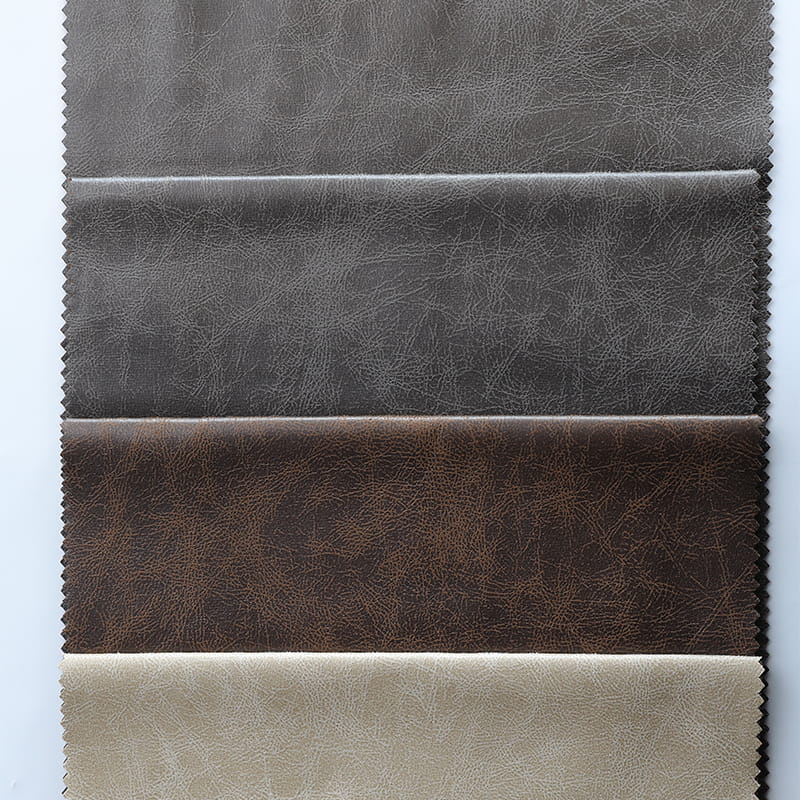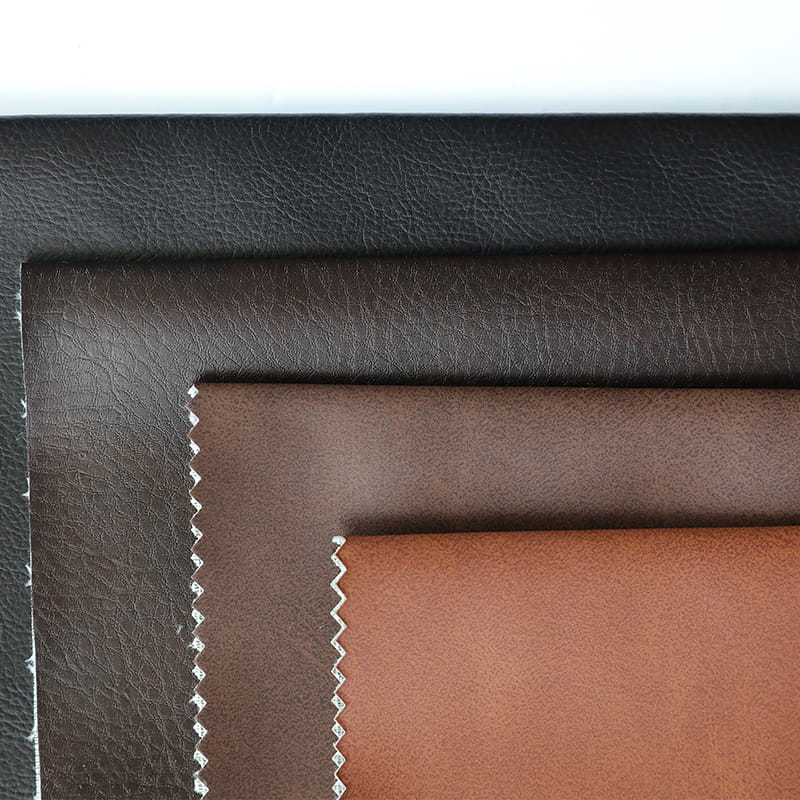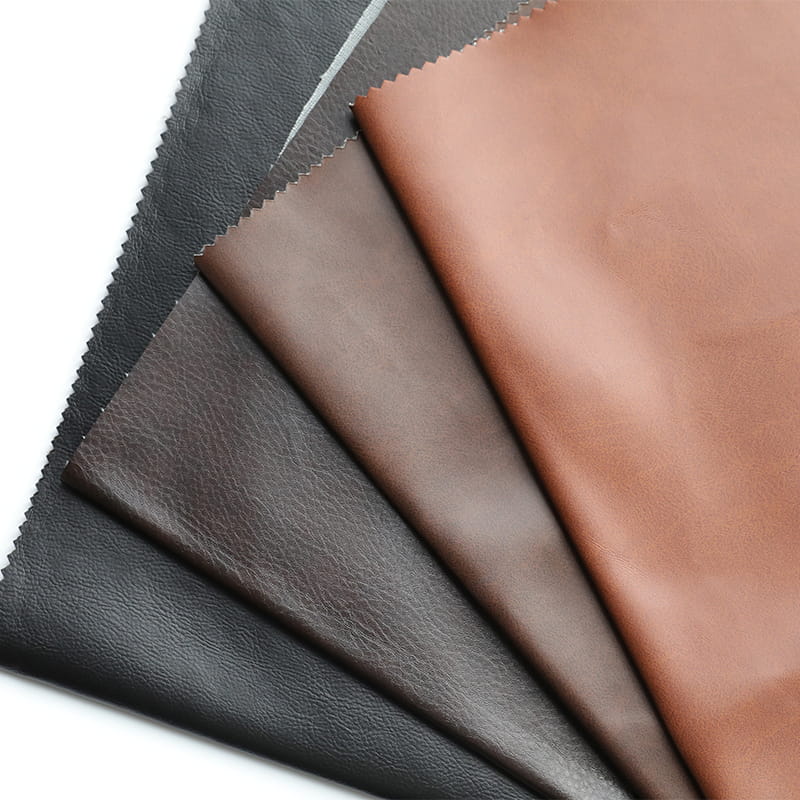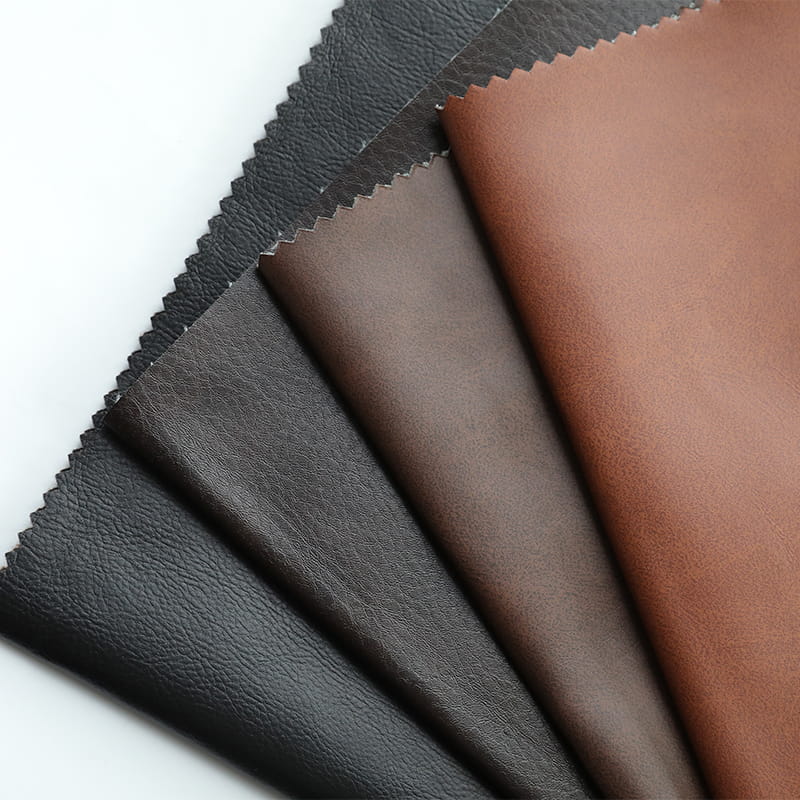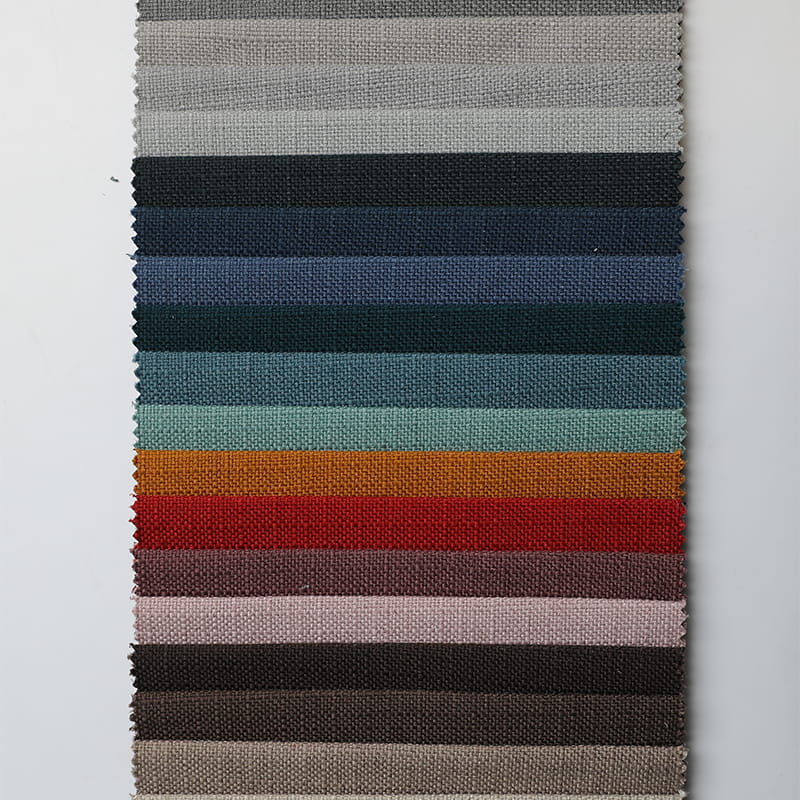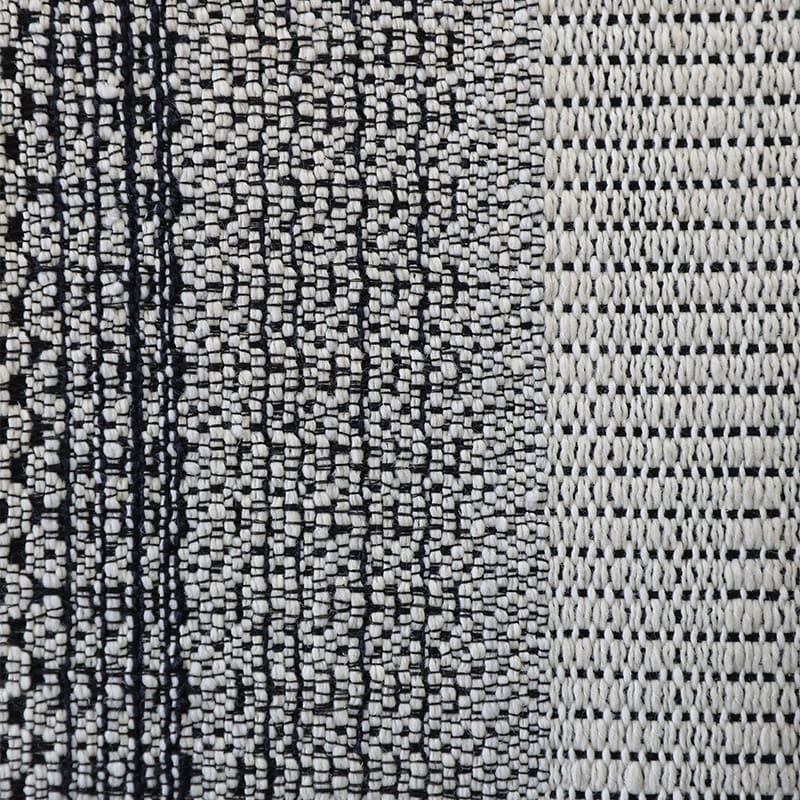The home textile fabric industry currently has 11 standards, including a series of industry standards for bed sheets, quilt covers, towels, handkerchiefs, thread blankets and blankets, involving products and test methods. Among the 11 standards, there are national standards and product standards released by the industry, of which 5 were revised before 2000 and 6 were revised after 2000. In 2000, since the China National Textile and Apparel Industry Association established the "Coordinating Unit for Standardization Technology of Textile Industry and Home Textiles", it has formulated and revised "Electrostatic Flocking Fabric", "Quilt and Quilt Cover", "Bed Sheet", "Pillow and Cushion Products", " Supporting urgently needed home textile standards such as "Bedding" and "Towels", and carried out several national publicity and implementation of some standards, which had a good impact.
Since there is no unified product standard in the world, the standards revised after 2000 all refer to the advanced standards of foreign developed countries. According to international practices and WTO/TBT standards, the formulation should be based on the principle of product end-use performance and the current situation of the domestic market environment. customized. The test method standards in line with international standards have played an important role in unifying terminology, unifying testing methods, and unifying the performance indicators of products. In particular, the data issued by these testing methods are not only comparable across the country, but also recognized by foreign customers, which has played a role that cannot be underestimated in the trade of home textiles. A series of product standards formulated in 2000 have adapted to the production and consumption needs of products, solved the problem of non-standard production, and provided a technical basis for a large number of products of enterprises to enter the market.
In addition, enterprises will also formulate corresponding enterprise standards when developing new products. In particular, some export enterprises implement the quality standards of imported products, and the standardization requirements are more stringent, which plays a key role in improving the standardization concept of enterprises and improving product quality. Some brand-name products recognized by consumers in the domestic home textile product market have adopted enterprise internal control standards that are superior to national standards and industry standards, and implemented strict technical standards and inspection systems to win the market and win the favor of consumers.
However, looking back at the current status of home textile standardization construction, we can see that compared with the home textile industry's annual growth rate of more than 20%, the pace of home textile standardization construction obviously cannot keep up with the needs of the development of the situation. At present, the problems of unsupported, irregular and relatively backward standards for home textiles are still prominent.
First of all, it is reflected in the lag of standards relative to products. Taking a closer look at the home textile standards we are currently using, it is not difficult to find that most of our national standards, industry standards, and even enterprise standards follow the standards of the planned economy period, and most of the product standards formulated under the original planned economy system are guided by Production is the starting point, the technical requirements are closely linked with the production process, the assessment indicators are determined according to the level that the process can achieve, and the color fastness indicators, especially dry rubbing and wet rubbing, are obviously low. For products sold in the market, items such as weft density deviation and unit weight deviation are useless and cannot be assessed. There is a lack of practical assessment indicators, such as abrasion resistance, yarn slip resistance, pilling resistance, light fastness, etc. The problem that the fabric quality does not match the actual demand quality of the product is also more prominent, and the problems caused by product quality Disputes and consumer complaints are difficult to resolve. The internationally accepted principle is to formulate standards based on the end-use performance of the product.
Secondly, due to the defects of the standard itself, there are certain quality problems in domestic products, such as: poor color fastness, serious discoloration after a period of use; dimensional change rate after washing is as high as 10%, and high-end sofa covers are severely shrunk after washing. Instances of use are not uncommon. In addition, phenomena such as substandard PH value and non-compliance with trademarks exist widely. It can be said that the low quality of home textiles is directly related to the low level of standards. Improving the comprehensive level of standards is one of the effective ways to improve the quality of home textiles. .
Third, it is manifested in the understanding of standards. The standards that everyone generally thinks mostly refer to size standards, process standards and quality standards. In fact, today's environmental standards and hygienic standards have special significance for our home textiles. The green textile certification system implemented by developed countries such as Europe and the United States for developing countries is a good example.
At present, the standards that are relatively influential internationally and have a restrictive effect on my country's textile exports mainly include:
1. American National Textile ANSI Standard, American Society for Testing and Materials Standard (ASTM) and American Association of Dyestuffs and Chemicals Workers (AATCC). The American standard is adopted by many countries in the world, and it is also one of the standards that have a greater impact on my country's textile export testing.
2. International standards (ISO) formulated by the International Organization for Standardization. Its formulation is mostly based on the consensus of relevant members. Generally speaking, this is a mid-range standard that is generally accepted internationally.
3. The EU standard EN is composed of part of the German national standard DIN, the British national standard BS, and the French national standard NF. Some of the national standards of these countries are EU standards.
4. Other national standards such as the Japanese national standard JIS and the Russian national standard FOCT.
5. The international ecological textile standard Oeko-Tex. This standard is the green eco-textile standard generally adopted in the world at present, which has high requirements and is difficult to implement.
6. Commercial standards formulated by some large international buyers such as Marks & Spencer.
In addition, mandatory national standards related to home textile products cannot be ignored. Mandatory standards are standards related to safeguarding human health, preventing fraud and protecting consumers' interests. The Standardization Law stipulates that "mandatory standards must be implemented. Products that do not meet mandatory standards are prohibited from being produced, sold and imported."
At present, the mandatory national standards that have been released and are related to most home textile products mainly include GB5296.4-1998 "Instructions for Use of Textiles and Clothing Consumer Products", GB18401-2001 "Limitation of Formaldehyde Content in Textiles" and GB18383-2001 " General Technical Requirements for Flake Fiber Products".
Implementation of formaldehyde limit standards conforms to green consumption.
With the rise of the global "green consumption" wave, people pay more attention to whether products are safe and beneficial to health. The mandatory national standard GB18401-2001 "Limitation of formaldehyde content in textiles" meets the requirements of international environmental protection and green consumption, and complies with the needs of international standards.
Although there is no limit index for formaldehyde in the home textile standard, GB18401 is a mandatory standard and must be implemented. The vast majority of home textiles have been dyed and finished, so attention should be paid to the selection of low-formaldehyde or formaldehyde-free finishing agents. For sewing processing enterprises, it is necessary not only to pay attention to the effective control of formaldehyde in fabrics, but also to conduct formaldehyde detection and control on all lining and auxiliary materials (such as sewing thread, filling materials, etc.), so that the final product can meet the national mandatory standards. Regulations, smoothly enter the market.
Clear signs reduce consumer disputes.
The instructions for use of the product (commonly known as labels) should be strictly implemented in GB5296.4-1998 "Instructions for Use of Consumer Products, Textiles and Clothing". The implementation of this standard has played a due role in regulating the market, but it has also brought confusion to many enterprises to varying degrees. After careful analysis, it can be seen that enterprises have not really paid attention to it, and have made great efforts to study the exact connotation of the standard. Correct and standardized product instructions can clarify responsibilities, reduce consumer disputes, protect the interests of users and consumers, and protect the interests of producers or distributors.
The inner stuffing of the quilt complies with hygienic standards.
GB18383-2001 "General Technical Requirements for Flake Fiber Products" puts forward hygienic requirements for the fillers of bedding filled with fibers: no pathogenic bacteria can be detected, no adverse irritation and allergic reactions can be caused to the skin, and no detection can be made with the naked eye. Arthropods must not have unusual odors. All localities took this standard as the legal basis to investigate and expose the black-hearted cotton incident.
In 2002, the General Administration of Quality Supervision, Inspection and Quarantine, the State Economic and Trade Commission, the Ministry of Health and the State Administration for Industry and Commerce jointly issued the "Administrative Measures for the Prohibited Use of Raw Materials for Fiber Products". The prohibited raw materials include:
1. Fibrous industrial waste (cotton linters, ground cotton, waste yarn, leftovers);
2. Medical fibrous waste (used medical dressings and clothing of medical staff, etc.);
3. Waste clothing and other waste fiber products;
Haining Shenglong Textile Technology Co., Ltd. is a professional home textile sofa fabric factory. If you need it, you can click the official website to contact us. We are willing to answer more information for you.


 English
English 简体中文
简体中文